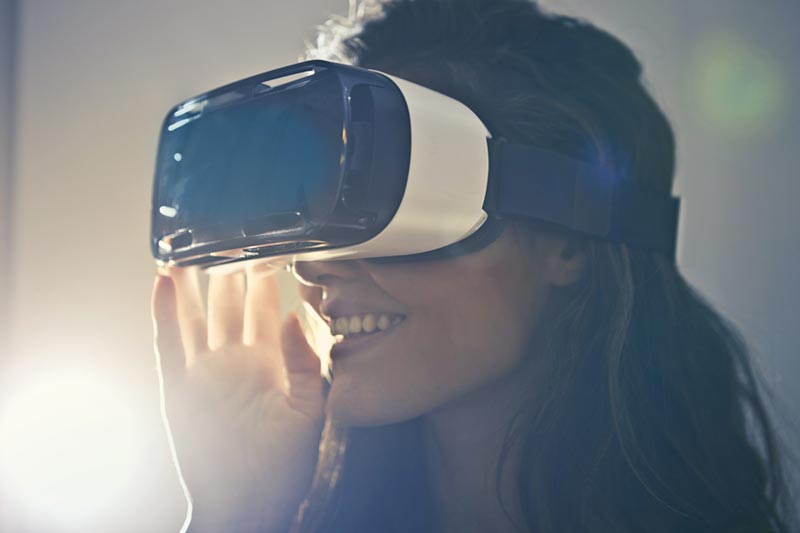
Scientists have been studying Virtual Reality (VR) as a treatment for pain and found that it can be quite effective.
Reuters reports that researchers at University of California, Los Angeles, conducted an experiment on 120 hospital patients and found that playing virtual reality games or relaxing in a virtual nature setting reduced their pain symptoms.
The patients had rated their pain at least a three out of 10 (zero being no pain and 10 being the worst pain) over the previous 24 hours. Half were chosen at random to use virtual reality headsets three times a day over the next 48 hours. They were offered a choice between 21 different experiences, including guided relaxation in natural environments, simulated flight, and animated games.
The other half served as a control group and were told to watch health and wellness programming on television. The TV programming for the control included guided relaxations, health topic discussions, and poetry readings.
At the end of the experiment, the VR group reported an average decline in pain scores of 1.72 points, compared with an average decrease of 0.46 points for the control group.
“We found that VR helped reduce pain across many types of pain – gastrointestinal, cancer, orthopedic, neurologic, etc. – and that it reduced pain the most in people with the most severe pain,” Dr. Brennan Spiegel, lead author of the study and a professor of medicine and public health at Cedars-Sinai Health System and the University of California, Los Angeles, is quoted as saying by Reuters.
Of particular note is that, among patients who initially rated their pain at least a 7 out of 10, average pain score reductions were 3.04 points with VR compared with 0.93 in the control group.
Spiegel theorized on how this might work, saying, “It creates an illusion of time acceleration, effectively shortening the length of pain episodes. And it nips signals in the bud at their origin, blocking pain from reaching the brain.”
While the findings are promising, Max Ortiz Catalan, head of the Biomechatronics and Neurorehablitation Laboratory at Chalmers University of Technology in Sweden, is quoted as saying that it’s not something to replace painkillers just yet.
“The intervention seems certainly better than the control, but is not a final solution since pain levels remained substantial, above 4.5 on average,” he said.
VR has also been used in spas lately, such as with the Natura Bissé Mindful Touch Facial. A VR massage centre also recently opened in Los Angeles.



